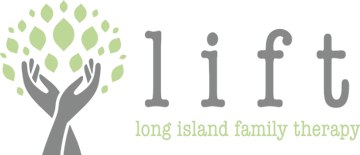2015
When my son was first officially diagnosed with ADHD, he was about 6 years old. Kindergarten. Hmm…. How to explain to him, “Yeah! You were diagnosed with a neurological disorder that makes you move, and fidget, and call out, and have some social issues with your peers!” No matter how smart he was, that wouldn’t go over well.
So I started thinking; in life, everyone has something. Some people are good at sports, but not a reading. Some people have difficulty letting go of their blankie. Sometimes, people’s strengths and weaknesses don’t have a name: they are just a group of behaviors, while sometimes if we’re lucky, those groups of behaviors have a label. That’s good; in many cases that means that there are many other people who also have those behaviors and we may know how to help. Many times, when we give something a label or a name, it means that it’s real. It validates the experience. So that’s what I did for my son.
In a rare quiet moment I sat with him and spoke about my strengths and weaknesses. I told him how hard it was for me to do math, which is super easy for him. I spoke about how sometimes when I was younger, it was really hard for me to say “I’m sorry”. I spoke about how reading was easy for me. We talked about what a strength was and what a weakness was. I asked him what he thought his strengths and weaknesses were. In typical, insightful 6-year-old fashion, he shared that he loved reading, but had a hard time raising his hand. Perfect segue into ADHD. Everyone has strengths and weaknesses, I told him and having these makes him who he is as a person. Our combination of strengths and weaknesses is absolutely normal. Sometimes, if we’re lucky, our pattern of strengths and weaknesses has a name. Fortunately, his does. It’s Attention Deficit Hyperactivity Disorder. That means, it’s hard for him to stop and think before he acts; sometimes his emotions are in control, and sometimes he just has to move. It’s not a bad thing. It’s just a thing, and that’s ok.
Remember that everyone has something. What’s good about this approach is that it normalizes the experience for kids. It also gives parents much needed perspective. ADHD isn’t a bad thing. Everyone has something.

